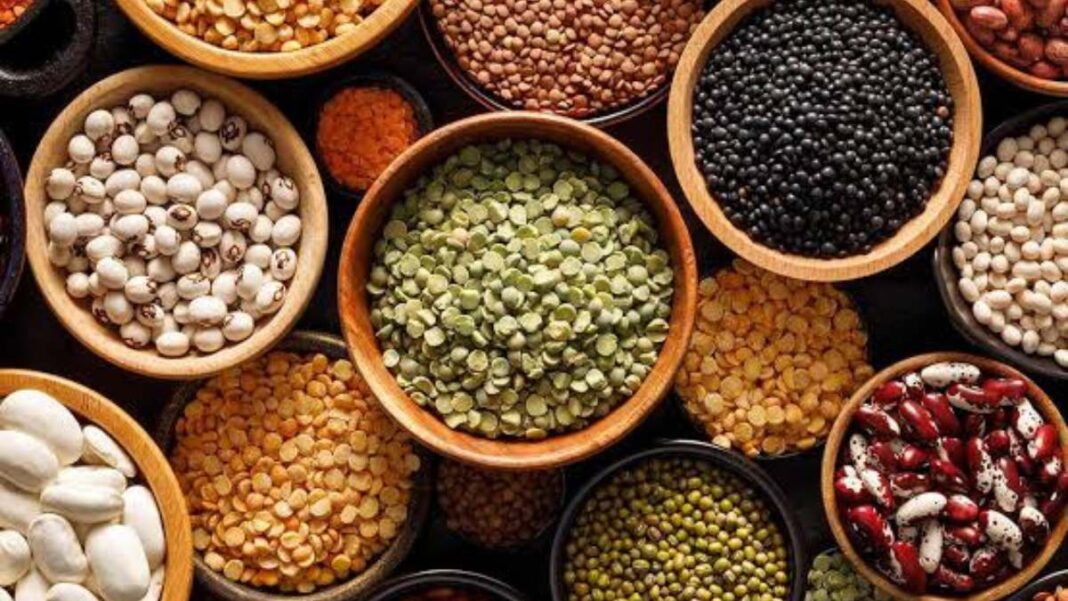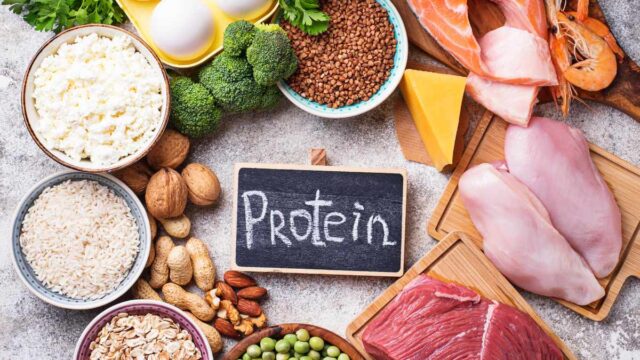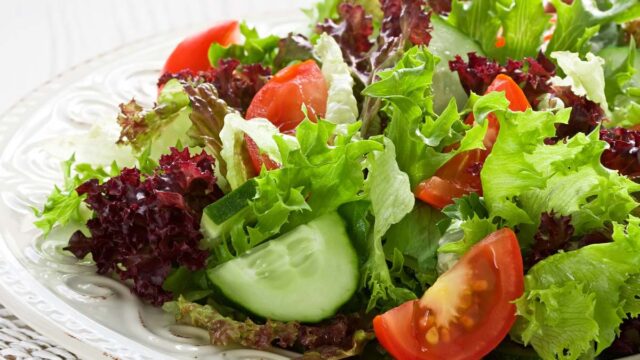International Pulses Day is celebrated annually on February 10th. The day is an opportunity to highlight the role that pulses play in providing essential nutrients and contributing to food security, nutrition, and sustainable agriculture. Pulses are a low-fat source of protein, fibre, and other essential vitamins and minerals. They have been shown to reduce the risk of chronic diseases like heart disease and type 2 diabetes. Additionally, pulses are a highly sustainable food crop that requires fewer resources to produce compared to other protein sources, making them an environmentally-friendly food choice for your diet.
World Pulses Day is celebrated to promote the cultivation, production, and consumption of pulses, which are a group of nutritious and sustainable food crops that include beans, lentils, chickpeas, peas, and others. The celebrations include various events and activities that aim to raise awareness about the importance of lentils. This includes educational campaigns, cooking demonstrations, and food festivals that showcase the versatility and deliciousness of pulses.
World Pulses Day History & 4 Of Its Significances
International Pulses Day was established by the United Nations Food and Agriculture Organization (FAO) in 2018 with the following objectives in mind:
- Recognise the role of pulses in global food security. World Pulses Day’s significance lies in its aim to promote the consumption of pulses around the world, especially in developing countries where they play a crucial role in food security and nutrition.
- The day also highlights the role of pulses in promoting sustainable agriculture, as they are a low-input and low-emission crop that can help farmers conserve soil health and fertility.
- The day is an opportunity to raise awareness about the many benefits of pulses, known as dal among us desis. This includes their contribution to human nutrition, their potential to improve soil health, and their ability to reduce greenhouse gas emissions and help mitigate the effects of climate change.
- Encourage individuals, families, and communities to include more pulses in their diets.
In conclusion, World Pulses Day is an important opportunity to promote the role of pulses in promoting sustainable agriculture, food security, and human health and nutrition, and to encourage the global community to incorporate more pulses into their diets.
5 Nutritional Sources Of Pulses
Pulses are an important food group and have numerous health benefits. Some of the key benefits of pulses include:
1. Protein
Pulses are a good source of plant-based protein, providing all the essential amino acids needed for a healthy diet. This makes them a great option for vegetarians and vegans who may have limited options for protein sources.
2. Fibre
Pulses are high in fibre, both soluble and insoluble, which helps regulate digestion and promote feelings of fullness. Soluble fibre has been shown to help lower cholesterol levels and improve heart health, while insoluble fibre helps maintain regular bowel movements and prevent constipation.
3. Fat
Pulses are low in fat and calories, making them a great option for those watching their weight. They make you feel full quite fast, without contributing excess calories to the diet. They also ensure healthy gut bacteria and improve gut health. They have also been shown to help prevent and treat digestive disorders such as constipation and irritable bowel syndrome.
More importantly, pulses have been shown to help lower cholesterol levels and reduce the risk of heart disease. This is because they are also low in saturated fat and high in unsaturated fats, which are beneficial for heart health.
4. Minerals & Vitamins
Pulses are rich in important minerals such as iron, magnesium, and potassium, as well as vitamins such as folate and B vitamins. Iron is important for healthy blood cells and energy metabolism, while magnesium is important for muscle and nerve function. Potassium is essential for maintaining healthy blood pressure and heart function. Folate, on the other hand, is utilised for cell growth and development, while B vitamins are known to contribute to energy metabolism.
5. Low Glycemic Index
Pulses have a low glycemic index, meaning they don’t cause a rapid spike in blood sugar levels, making them a great option for those with diabetes. They also help regulate blood sugar levels and improve insulin sensitivity.
Pulses are a nutritious food group that provide numerous health benefits, making them a valuable addition to a healthy and balanced diet, making them a great option for anyone looking to improve their overall health and well-being.
7 Creative Ways To Include Pulses In Your Everyday Meal
Including pulses in your daily diet is easy and can be done in a variety of ways. Some suggestions include:
1. Add To Salads
Lentils, chickpeas, and beans can be added to salads for a boost of protein and fibre. They can be cooked and cooled or served warm, depending on personal preference. Simply add to a bed of greens, along with other vegetables and a dressing of your choice.
2. Use As A Base For Meals
Lentils and beans can be used as a base for meals like stews, soups, and chilli. Simply cook the lentils or beans in a pot with water and seasonings, then add them to your desired recipe.
3. Replace Meat In Recipes
Pulses can be used as a meat substitute in recipes like tacos or burgers. For example, mashed black beans can be used as a base for a veggie burger or lentils can be added to tacos for a boost of protein.
4. Snack On Roasted Chickpeas
Chickpeas can be roasted in the oven with seasonings for a crunchy and healthy snack. Simply rinse and drain a can of chickpeas, dry thoroughly, then season and roast in the oven at 400°F for 20-30 minutes.
5. Make Pulse-Based Dips
Dips like hummus or bean dips can be made using chickpeas, black beans, or other types of beans. Simply blend the cooked beans with seasonings and oil in a food processor until smooth.
6. Add To Rice Or Pasta Dishes
Lentils or beans can be added to rice or pasta dishes for added protein and fibre. Simply cook the lentils or beans in a pot with water and seasonings, then add them to your desired rice or pasta dish.
7. Use As A Topping
Pulses can be used as a topping for toast, crackers, or baked potatoes. Simply mash cooked lentils or beans and spread them on top of your desired food.
These are just a few examples of how to include various pulses in your daily diet. There are many more ways to incorporate pulses into your meals, so get creative and find new and delicious ways to add them to your diet.
Open up like never before and participate in conversations about beauty, entrepreneurship, mental health, menstrual & sexual health, and more. Desi women, join our community NOW!



